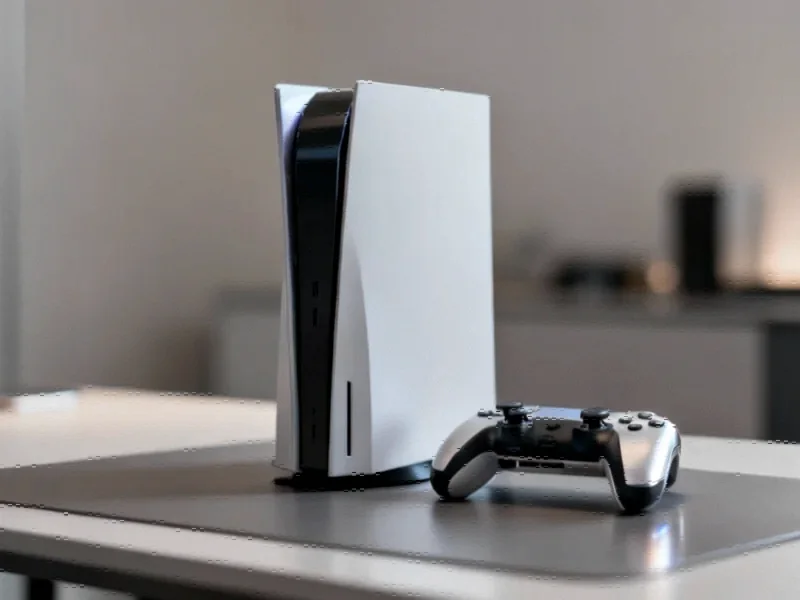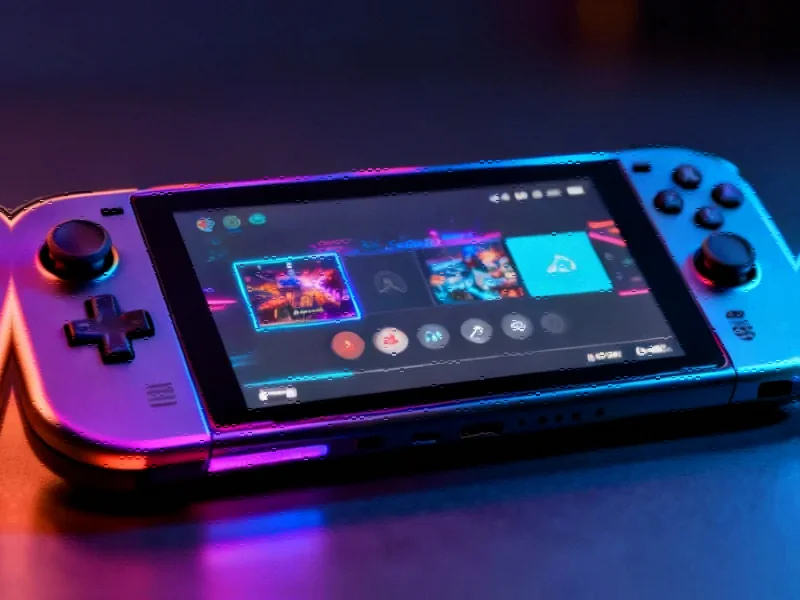TITLE: Microsoft’s Multi-Faceted Gaming Strategy: Next-Gen Consoles, Handheld Partnerships, and Future Hardware Vision
Xbox’s Hardware Commitment: Beyond the Rumors
Recent speculation about Microsoft abandoning console hardware has been firmly addressed by Xbox President Sarah Bond, who confirmed the company’s dedication to developing next-generation Xbox systems. This reassurance comes amid a challenging period for Xbox, marked by significant price adjustments and organizational changes that have sparked concern among the gaming community.
Despite these challenges, Microsoft’s gaming division demonstrates substantial investment across multiple fronts, including major acquisitions and cloud infrastructure development. The company’s approach reflects a broader strategy to maintain relevance across console, PC, and emerging gaming platforms while addressing evolving player expectations.
The ASUS Partnership: Xbox Ally Explained
Microsoft’s collaboration with ASUS on the Xbox Ally handheld represents a strategic partnership rather than a first-party hardware offering. Bond clarified that the device pricing—$600 for the base model and $1000 for the Ally X—is determined by ASUS as the hardware manufacturer, without direct subsidies from Microsoft as a platform holder.
The Xbox Ally functions primarily as a Windows-based PC gaming handheld with optimized Xbox services integration. While it cannot natively run Xbox console games, it provides access to over 1,000 dual-license Xbox Play Anywhere titles with cloud save functionality. This partnership allows Microsoft to leverage ASUS’s hardware expertise while focusing on service integration, similar to how other major online services collaborate with hardware manufacturers.
First-Party Hardware Development Continues
Despite the ASUS partnership, Microsoft has confirmed that its own first-party Xbox handheld development, while currently paused, remains part of the company’s long-term hardware roadmap. Bond emphasized that Microsoft maintains active research, prototyping, and design efforts for future gaming hardware, including a confirmed partnership with AMD for next-generation development.
This dual approach—partnering while continuing internal development—reflects Microsoft’s broader strategy of exploring multiple avenues in the competitive gaming hardware market. The company appears to be studying cloud infrastructure requirements and user preferences before committing to a specific hardware direction, learning from both the partnership and market response.
Strategic Context and Future Vision
Microsoft’s gaming strategy extends beyond immediate hardware concerns to encompass broader technological integration. The company is investing heavily in cloud gaming architecture and Windows optimization for living room experiences, positioning Xbox as a key component of Microsoft’s overall ecosystem. These developments align with industry developments in hardware efficiency and performance optimization.
Bond’s comments suggest that Microsoft is carefully evaluating how to balance dedicated gaming hardware with service accessibility. The company appears to be studying how recent technology acquisitions and partnerships can enhance the gaming experience across different form factors and usage scenarios.
Market Position and Consumer Considerations
For consumers, Microsoft’s multi-pronged approach offers both potential benefits and concerns. The variety of options could provide more tailored gaming experiences, but also risks fragmentation if not carefully managed. The company’s historical pattern of product cancellations remains a consideration, though the substantial investments in gaming suggest stronger commitment than with some previous initiatives.
Microsoft’s strategy appears focused on creating a flexible ecosystem rather than relying solely on traditional console cycles. This approach acknowledges the evolving nature of gaming platforms and the importance of cloud infrastructure reliability for future gaming experiences. As the company addresses technology challenges across its services, gaming remains a priority area for innovation and investment.
Looking Ahead: Integration and Innovation
Microsoft’s gaming future likely involves tighter integration between hardware, services, and emerging technologies. The company’s work on features like Auto Super Resolution and cloud streaming enhancements suggests a focus on technical innovation that complements rather than replaces traditional gaming experiences. These related innovations in gaming technology demonstrate Microsoft’s commitment to advancing the platform while maintaining compatibility with existing ecosystems.
As Bond emphasized, Microsoft remains responsive to player and creator feedback, suggesting that future hardware and service developments will reflect community preferences while incorporating the company’s vision for gaming’s evolution. The balance between immediate partnerships and long-term internal development will likely define Xbox’s position in the next generation of gaming hardware and services.
This article aggregates information from publicly available sources. All trademarks and copyrights belong to their respective owners.
Note: Featured image is for illustrative purposes only and does not represent any specific product, service, or entity mentioned in this article.



